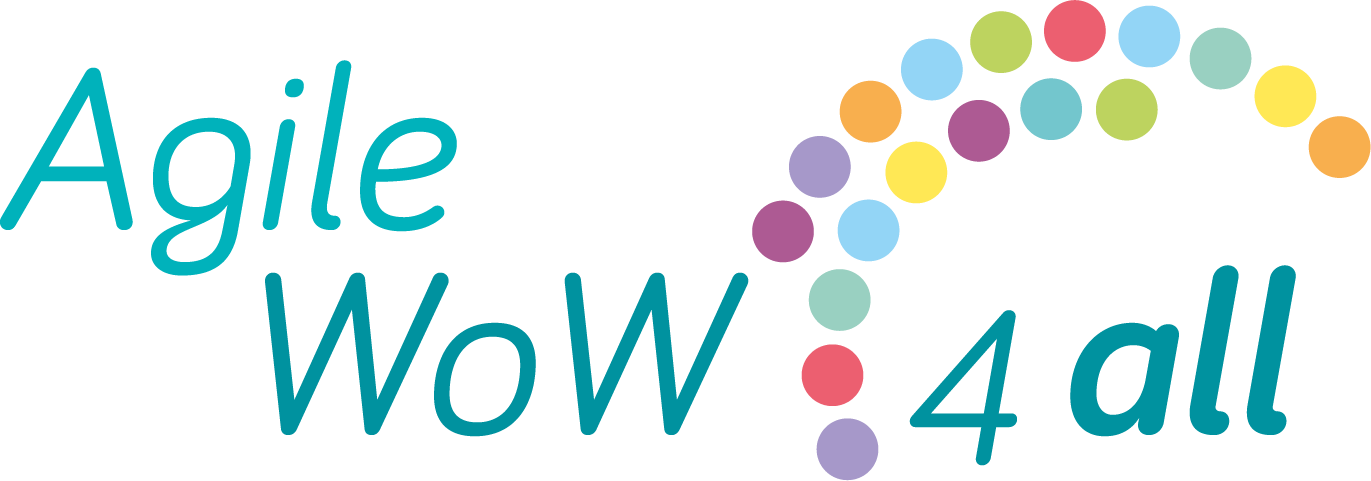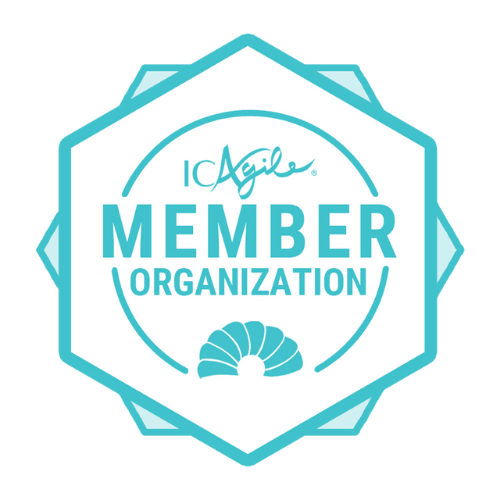Agile Marketing vs Traditional Marketing: Adapting to the Changing Business Environment: Tips for implementing
Agile Marketing vs Traditional Marketing
Welcome to the ultimate showdown between two heavyweight champions of the marketing world – Agile Marketing and Traditional Marketing. While traditional marketing has been around for decades, Agile Marketing is a relatively new approach that's quickly gaining traction in today's fast-paced digital landscape. Both have their own strengths and weaknesses, but which one is better? In this blog post, we'll dive deep into both approaches, explore their differences and similarities, and help you decide which one suits your business needs best. So buckle up as we take you on an exciting journey through the twists and turns of these two marketing methodologies!
What is agile marketing?
Agile marketing is a methodology that advocates for speed, flexibility, and collaboration in the marketing process. In contrast to traditional marketing methods, agile marketing is designed to be more responsive to changes and better able to adapt to new technologies and trends.
Agile marketing teams are typically small and cross-functional, with members from different departments working together to achieve common goals. This collaborative approach is intended to make the entire marketing process more efficient and effective.
The agile marketing methodology originated in the software development world, where it has been successfully used for many years. Recently, it has been gaining popularity in the marketing world as well. Many marketers are finding that agile methods can help them be more responsive to change and better able to achieve their goals.
What is traditional marketing?
Traditional marketing is a form of marketing that focuses on creating and distributing advertising and promotional materials to reach a target audience. It is a more traditional approach to marketing that has been used for many years. Traditional marketing can be very costly and time-consuming, but it can also be very effective in reaching a large audience.
The differences between agile marketing and traditional marketing
There are a few key differences between agile marketing and traditional marketing.- First, agile marketing is much more iterative and focused on constant improvement. Traditional marketing, on the other hand, is more linear and often relies on outdated methods.
- Second, agile marketing is much more team-based than traditional marketing. With an agile approach, everyone from the CEO to the entry-level employees are involved in the planning and execution of marketing campaigns. This allows for better collaboration and faster decision making.
- Third, agile marketing is built around the customer. The entire process is focused on delivering value to the customer as quickly as possible. Traditional marketing, however, often takes a more product-centric approach where the needs of the customer come second to promoting the features of the product.
- Fourth, agile marketing requires less lead time than traditional marketing. Because agile marketers are constantly testing and tweaking their strategies, they can implement changes much faster than their traditional counterparts. This allows them to be more responsive to market changes and customer needs.
- Finally, agile marketing is results-oriented. Every decision made during the process is based on data and analytics. This helps ensure that every campaign is as effective as possible. Traditional marketing, on the other hand, often relies on gut instinct and personal opinion which can lead to wasted resources and campaigns that fall flat.
The pros and cons of agile marketing
Agile marketing is a relatively new approach that emphasizes speed, flexibility, and collaboration. Traditional marketing is more focused on planning and control. Both approaches have their pros and cons, which we will explore in this article.
PROS OF AGILE MARKETING
1. Quick turnaround times. Because agile marketing is all about being quick and flexible, it can produce results much faster than traditional marketing. This is ideal in fast-paced industries or when you need to rapidly respond to changes in the market.
2. Increased collaboration. Agile marketing teams are typically small and nimble, which encourages increased collaboration between team members. This can lead to better ideas and more innovative solutions.
3. More customer focus. Since agile marketing is all about responding quickly to customer needs, it naturally leads to a greater focus on the customer throughout the entire process.
CONS OF AGILE MARKETING
1. Less control over the process. Because agile teams are constantly changing and adapting their plans, there is less control over the overall process compared to traditional marketing efforts. This can be chaotic for some companies and may not be ideal if you prefer a more predictable and controlled environment.
2. Requires a high level of commitment from everyone involved. Agile marketing requires buy-in from everyone on the team in order to be successful. This can be difficult to achieve if not everyone is on board with the concept from the start.
The pros and cons of traditional marketing
Traditional marketing has been around for centuries and is the go-to method for many businesses. There are some clear advantages to traditional marketing, such as its established track record, its effectiveness in reaching a wide audience, and its low cost. However, there are also some disadvantages to traditional marketing, such as its inflexibility and lack of interactivity.
Let's take a closer look at the pros and cons of traditional marketing:
Pros:
- Traditional marketing is an established field with a long history of success.
- Traditional marketing techniques are often very effective in reaching a wide audience.
- Traditional marketing is usually relatively affordable.
Cons:
- Traditional marketing can be inflexible and slow to adapt to change.
- Traditional marketing techniques often lack interactivity and engagement.
Which type of marketing is right for your business?
Agile marketing is a methodology that enables marketers to move faster and be more responsive to change. It’s based on the principles of agile software development, which emphasize iteration, collaboration, and customer feedback.
Traditional marketing is a more linear approach that focuses on planning and executing campaigns from start to finish. It’s typically less flexible and can take longer to see results.
So, which type of marketing is right for your business? It depends on your goals, budget, and team structure. If you need to move quickly and are comfortable with change, agile marketing may be a good fit. If you prefer a more predictable process and can invest time upfront, traditional marketing could work well for you.
Agile marketing and traditional marketing are two distinct approaches to achieving success in the digital age. While both methods have their merits, it is important to understand that agile marketing can provide businesses with greater flexibility, more efficient resource utilization, and faster response times - all necessary ingredients for staying ahead of competitors in today's market. Ultimately, when deciding which approach works best for you and your business, it’s important to consider what strategies will produce the greatest results while still being cost-effective.
You can learn more about this topic following one of our certified training in Fundamentals of Agile Marketing and downloading for free our infographic




